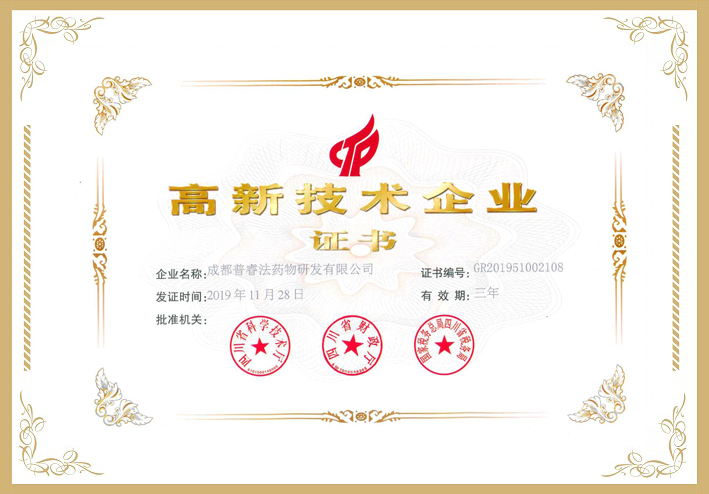Background
Pulmonary Fibrosis (PF) is a progressive lung disease characterized by the diffuse interstitial tissue, leading to severe breathing difficulties. The existing treatment methods are primarily aimed at slowing the progression of the disease, underscoring the urgent need to discover new drug interventions targeting novel sites. The "gut-lung axis" represents a complex bidirectional communication system where the gut microbiota not only influences lung immunity but also responds to lung-derived signals. Recent advances have uncovered that alterations in gut microbiota composition can significantly impact respiratory diseases, offering new insights into their pathogenesis and potential therapeutic approaches.
Methods
This study is based on the fundamental concepts of the lung-gut axis and our previous research, further exploring the potential mechanisms of 20(S)-Protopanaxadiol (PPD) in ginseng against PF. We utilized a bleomycin-induced mouse model of PF and employed metabolomics and 16S rRNA sequencing to investigate the pathways through which PPD regulates the pulmonary fibrosis process via the gut-lung axis. Finally, we employed strategies such as antibiotic-induced microbiota disruption and fecal microbiota transplantation (FMT) to provide a comprehensive perspective on how PPD regulates pulmonary fibrosis through gut microbiota.
Results
The results of the bleomycin (BLM) mouse model of PF proved that PPD can directly act on the glycolysis- related metabolic reprogramming process in lung and the AMPK/STING pathway to improve PF. Combined the analysis of gut microbiota and related metabolites, we found that PPD can regulate the process of PF through the gut-lung axis target points G6PD and SPHK1. FMT and antibiotic-induced microbiota disruption further confirmed intermediate effect of gut microbiota in PF process and the treatment of PPD. Our study suggests that PPD can alleviate the process of pulmonary fibrosis either by directly acting on the lungs or by regulating the gut microbiota.
Conclusion
This study positions PPD as a vanguard in the therapeutic landscape for pulmonary fibrosis, offering a dual mechanism of action that encompasses both modulation of gut microbiota and direct intervention at molecular targets. These insights highlight the immense therapeutic potential of harnessing the gut-lung axis.























